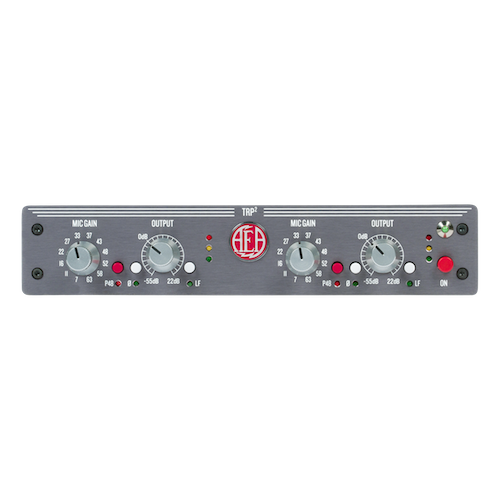A Far-field Ribbon for Creative Recording
As a stereo far-field ribbon microphone, the R88 Series was designed to capture balanced sound from long distances. Sound sources should be measured in feet rather than inches away from the mic. From 16 inches to 20 feet, the mic retains its full spectrum and incredible low end. When positioned closer than 16 inches, the mic adds proximity effect. When carefully used, this proximity effect can beef up thin sounds — either voices or instruments.
Don’t worry about loud sources, either. The R88 Series can handle 165+ dB SPL at 1 kHz allowing you to position it up-close to avoid room tone if needed. It will not be hurt by loud sources and can be positioned against a stereo guitar amp and other loud instruments.



